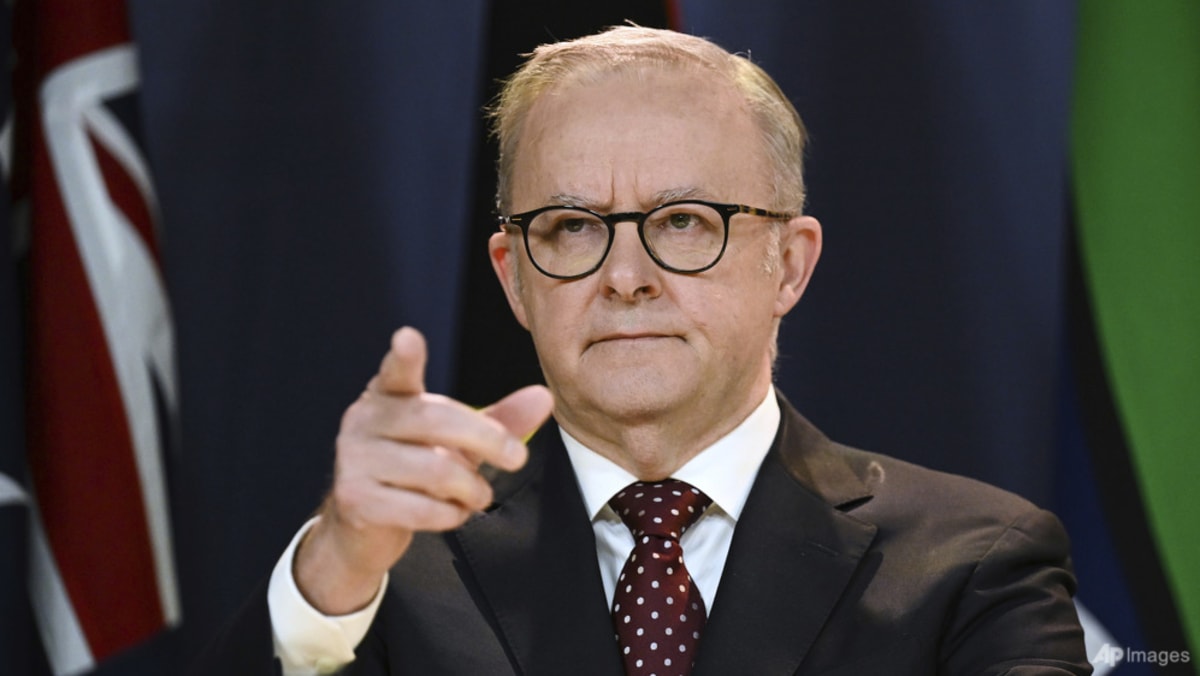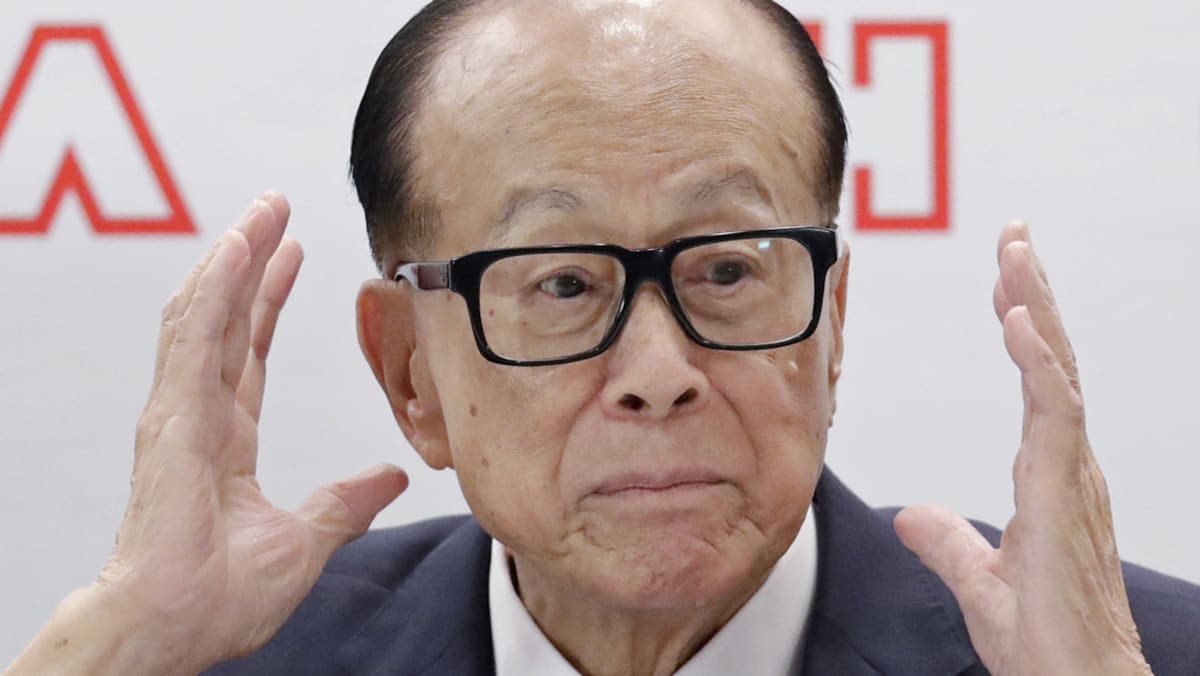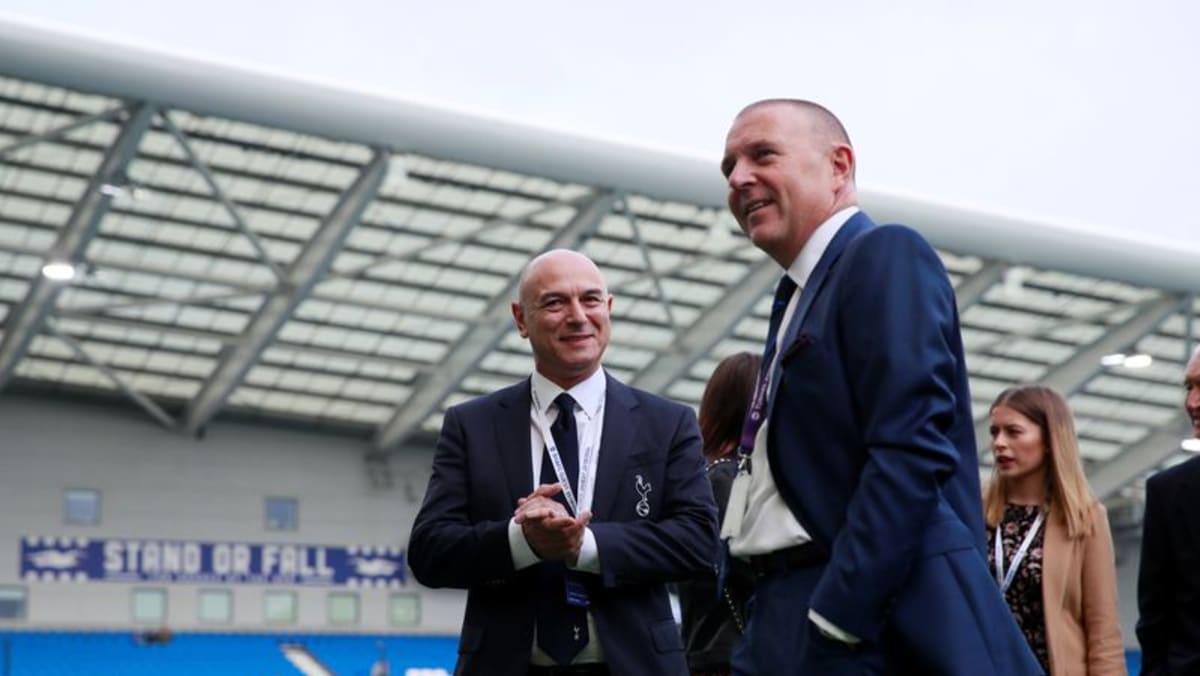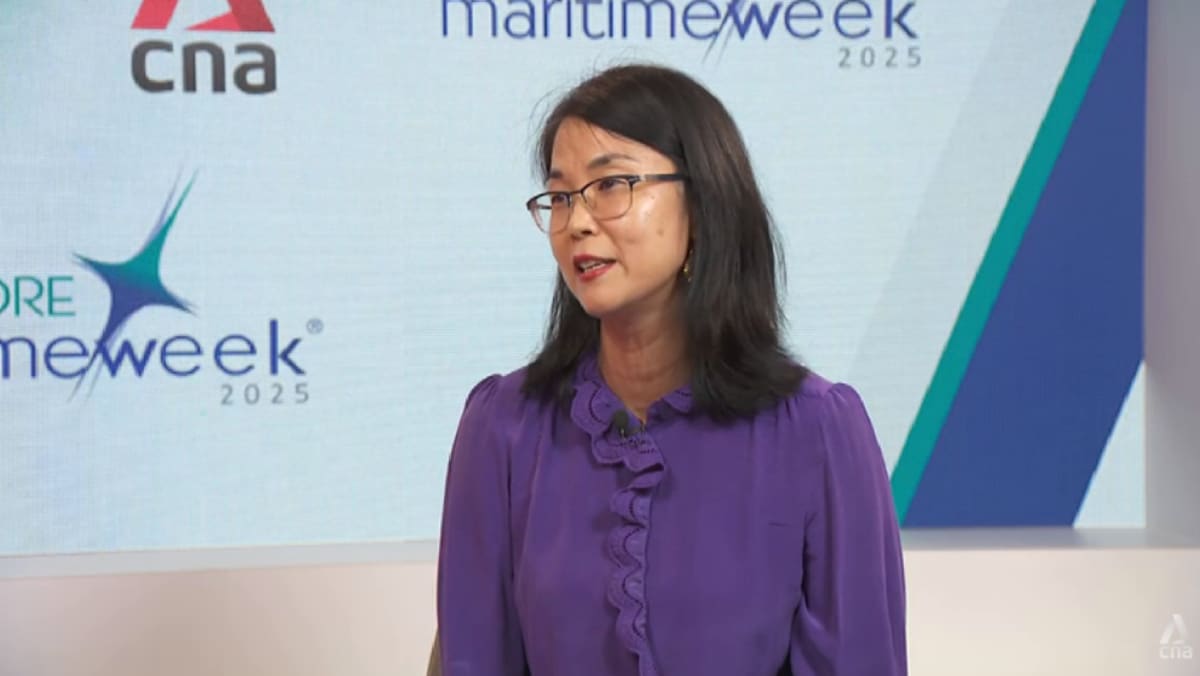Luxury brands look to US consumers to drive recovery

The divergence in fortunes between luxury’s strongest participants, such as Richemont, LVMH and Hermes, is expected to widen further this year as the sector adapts to lower growth against weaker competitors such as Kering, owner of Gucci and Yves Saint Laurent, and Burberry.
The likes of Richemont, Hermes and Chanel are expected to continue to benefit from sales to their ultra-wealthy clients, according to analysts, compared with brands with more of a following among the aspirational middle classes.
LVMH, the €350 billion (US$364.37 billion; S$494.09 billion) industry bellwether that owns brands including Dior and Louis Vuitton, is the luxury company with the biggest exposure to the better-performing US market, according to HSBC.
Analysts forecast that sales will not have deteriorated in the final three months of the year compared with the quarter before when it reports on Jan 28, while still being down year on year.
Barclays expects group organic growth in the quarter to be down 2 per cent year on year, while Bloomberg consensus expects its closely watched core fashion and leather goods division to be down 3 per cent.
“Not getting worse is a good start to getting better,” wrote Erwan Rambourg, global head of consumer and retail equity research at HSBC.
Another big change the industry will have to navigate this year is no longer being able to rely so heavily on price increases for growth and to maintain margins.
Pricing increases accounted for more than 80 per cent of sales growth between 2019 and 2023, according to McKinsey, which D’Auria called “one of the industry’s self-inflicted woes”.
“Aspirational luxury customers have de facto been priced out,” she said. “There has been very limited innovation in product and experience in line with these price increases.”
For brands such as Dior that relied heavily on pricing, that lever will no longer work to the same degree, analysts say. For others such as Hermes, where price increases have been more moderate, there will be more leeway.
“Richemont, for example, has raised prices very conscientiously, while some other brands really exaggerated on price increases post-Covid,” said Jean-Philippe Bertschy, managing director at fund manager Vontobel.
“Clients aren’t stupid, they know exactly what value for money looks like.”
With the industry looking to fresh revenue sources, experts do not expect rapid growth in emerging markets such as the Middle East and India to fully make up for the anticipated single-digit growth in core regions like China and Europe.
As such, US growth remained “critical”, said Enrico Massaro, head of consumer and retail investment banking for Emea at Barclays. “The sector is really counting on it.”
“This is a year of transition — starting from a tough 2024, getting to a 2026 that’s more normalised. And 2025 getting us there.”
Adrienne Klasa © 2025 The Financial Times.
This article originally appeared in The Financial Times
Source: CNA















